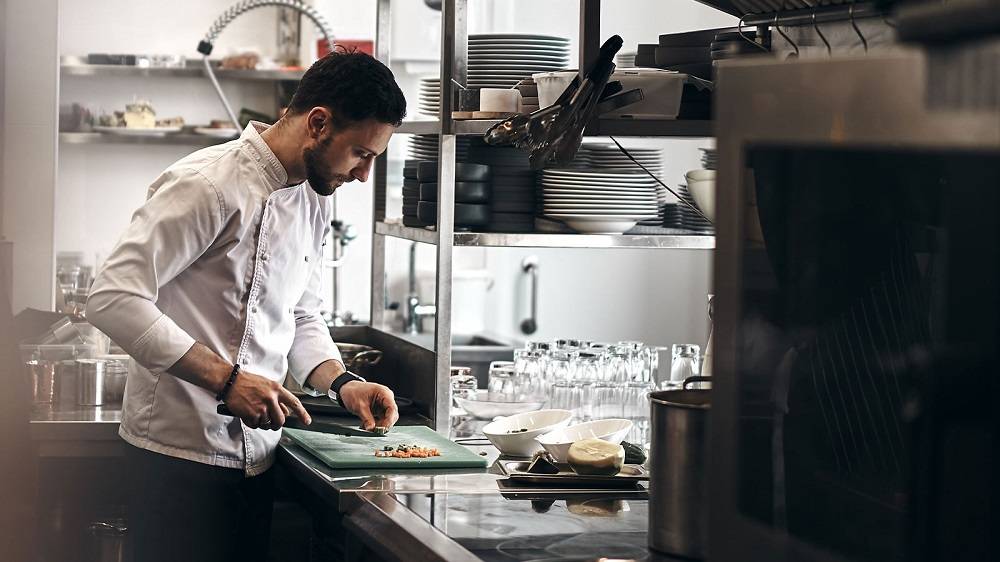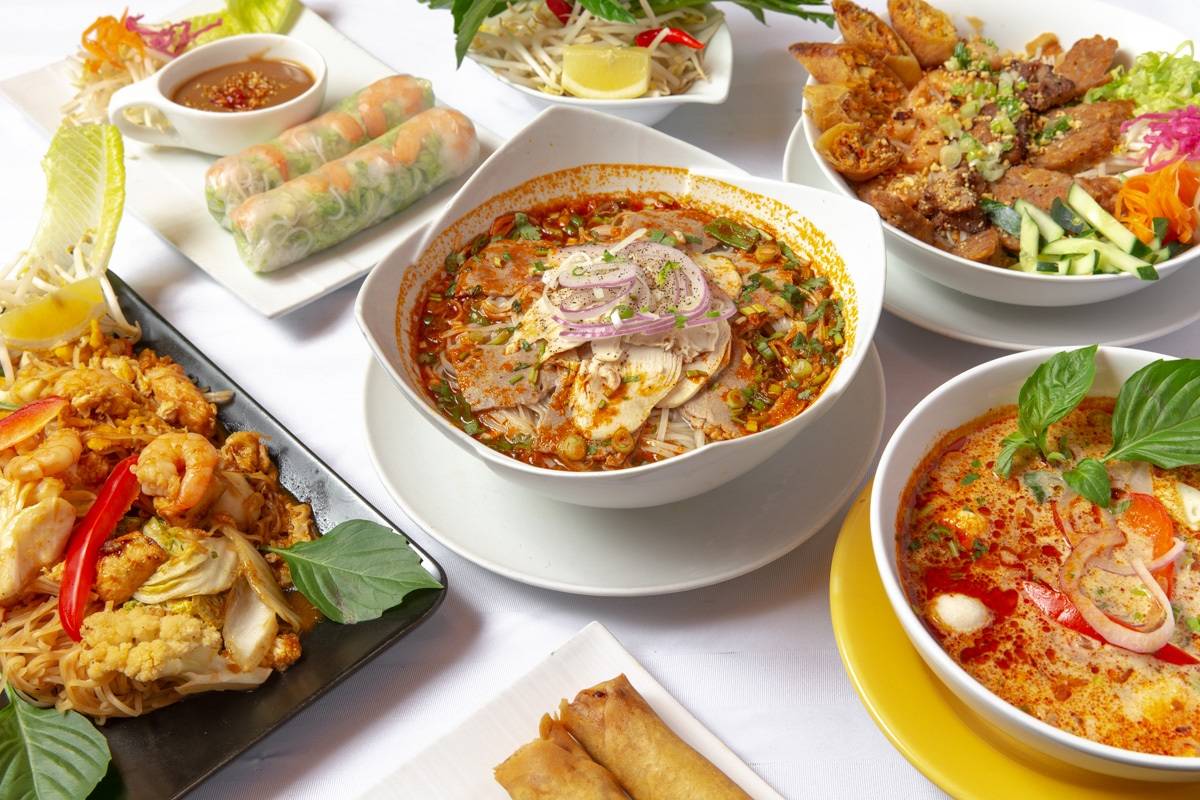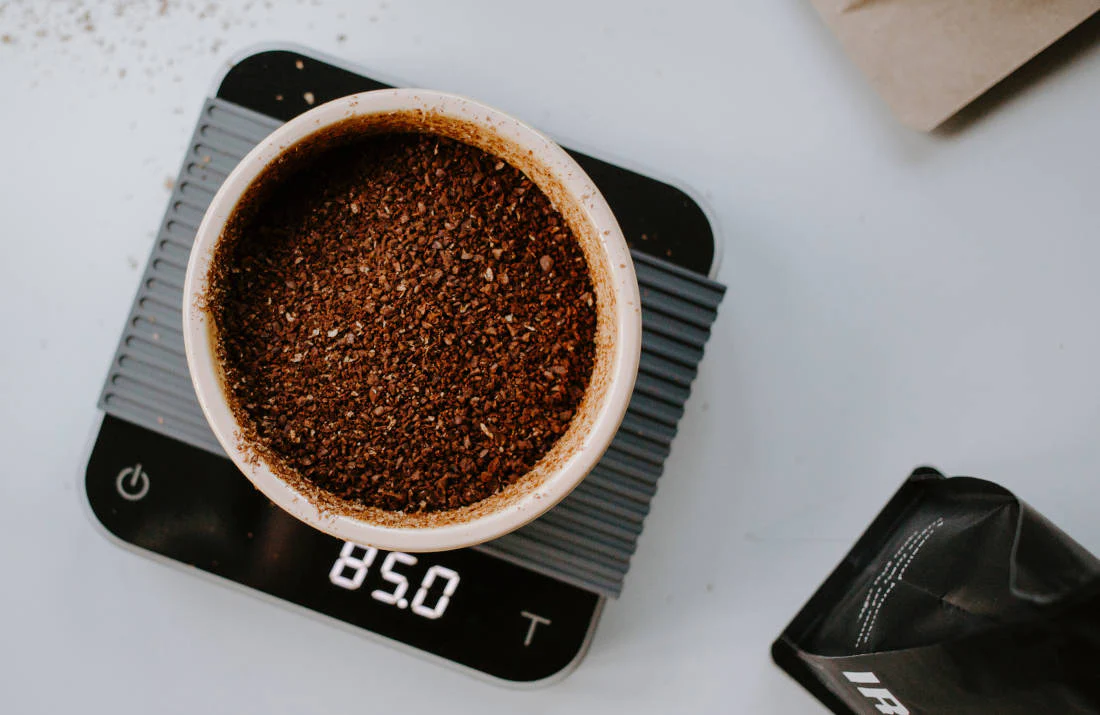Chef uniforms have a rich and fascinating history, spanning centuries and continents. They are a critical aspect of the culinary world, often overlooked in discussions focusing on ingredients and cooking techniques. Yet, these uniforms carry a weight of tradition and practicality that speaks volumes about the culinary arts evolution.
The Origins of Chef Uniforms
The origins of chef uniforms can be traced back to the 19th century in France. The famous French chef Marie-Antoine Carême first introduced a standardized uniform for chefs. He believed in creating a distinct identity for chefs that reflected their importance and dedication to their craft.
- Toques (Chef Hats): The toque, a tall, brimless hat, has become synonymous with chefs. Its history is rooted in the belief that the taller the hat, the higher the rank of the chef. The number ‘100’ is often associated with the pleats of a toque, symbolizing the multitude of ways a chef can cook an egg.
- Double-Breasted Jackets: The double-breasted jacket was designed for practicality and safety. Its thick material protected chefs from the heat of the stove and hot splashes from cooking. The double-breasted design allowed the jacket to be reversed, hiding stains when needed.
- Checkered Pants: The checkered pattern on chef pants helped to camouflage minor spills and stains. The loose fit of the pants provided comfort and ease of movement in the hot kitchen environment.
Modern-Day Chef Uniforms
Fast forward to the present day, and chef uniforms have evolved significantly, adapting to the changing needs and environments of the culinary world.
Contemporary chef uniforms retain the iconic elements of the classic uniform but incorporate modern materials and design elements for added comfort and convenience. They are now made from breathable and heat-resistant fabrics and often feature pockets for storing tools. The traditional toque has been replaced in many kitchens by bandanas, skull caps, and other forms of headwear that are easier to clean and more comfortable.
Another significant shift in modern chef uniforms is the growing trend towards customization and personalization. Chefs now have the option to choose uniforms in various colours and patterns that reflect their style and the identity of their restaurant.
While the essential components of the chef uniform have remained consistent – the hat, the jacket, and the pants – their evolution reflects broader changes in the culinary world. The kitchen is no longer a hidden realm but a stage where chefs showcase their art. And their uniform, like their food, is a part of the story they tell.
In Conclusion
The evolution of chef uniforms from their historical roots to their modern-day adaptations encapsulates the journey of the culinary world. From Marie-Antoine Carême’s vision of a distinctive identity for chefs to today’s personalized and functional designs, chef uniforms have transformed alongside the culinary arts they represent. They are a testament to the craft, creativity, and adaptability that define the world of cooking.



